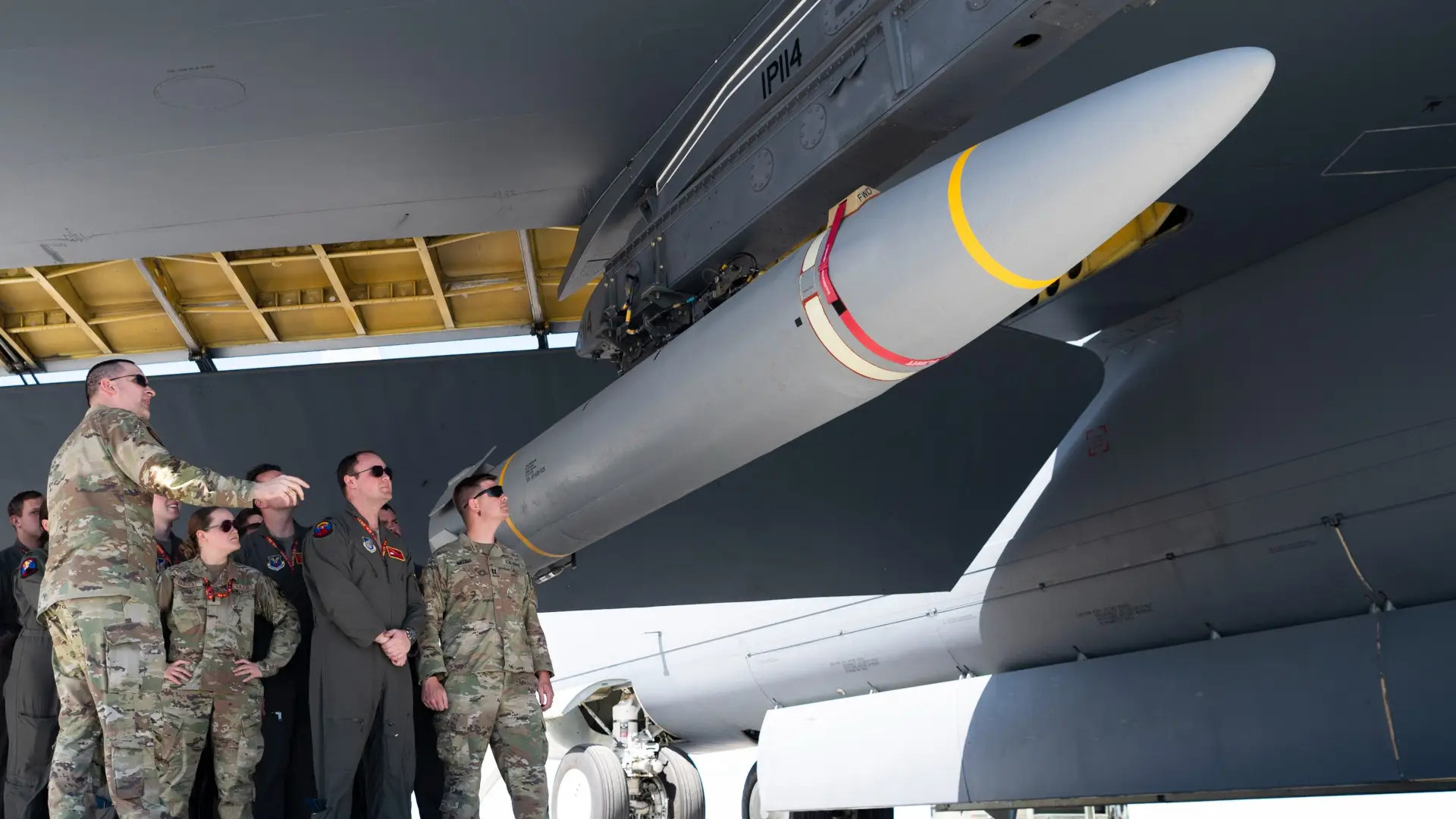The U.S. Air Force continues to leave open the possibility of continued work on its AGM-183A Air-Launched Rapid Response Weapon hypersonic missile, or ARRW, or the future pursuit of a similar air-launched hypersonic boost-glide vehicle weapon. This is despite the service not asking for any funding in its latest budget request for the ARRW program, which it says will close out this year. This prompts questions about a potential follow-on effort, possibly already underway in the classified realm.
Air Force Lt. Gen. Dale White, the Military Deputy at the Office of the Assistant Secretary of the Air Force for Acquisition, Technology, and Logistics, discussed ARRW (pronounced ‘arrow’), as well as other hypersonic efforts the service is pursuing, at a hearing before members of the House Armed Services Committee earlier today. Other Air Force officials also addressed ARRW as part of the rollout of the Pentagon’s 2025 Fiscal Year budget request yesterday.
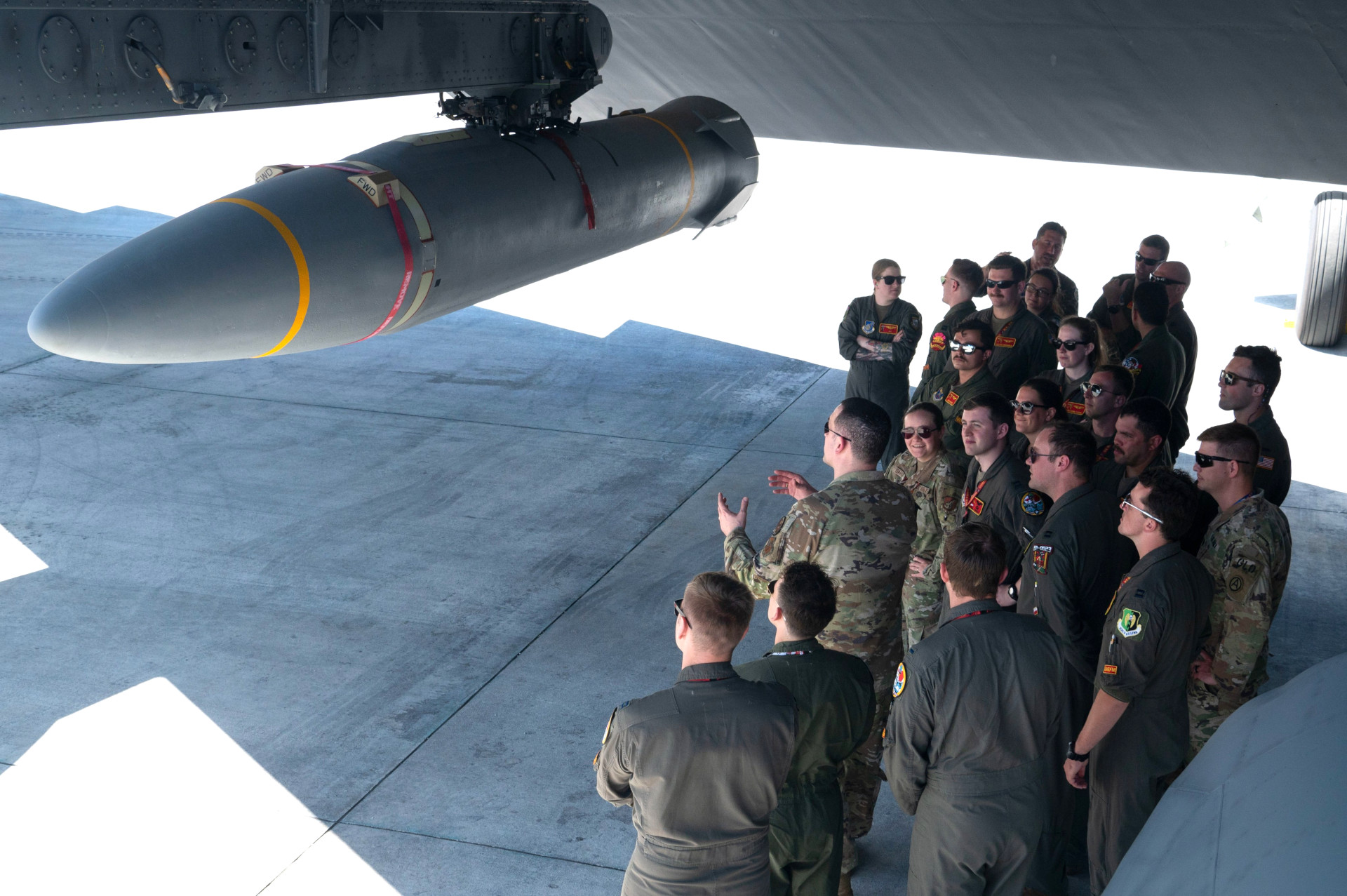
“Currently, right now, we do not have the ARRW in the [FY] 25 budget,” Lt. Gen. White said at today’s hearing. “However, we are continuing to analyze the test data that we have from that capability.”
“With ARRW … we are undergoing the final test of the all-up-round [AUR] with a planned test program completion by the end of [the] second quarter [of] Fiscal Year 2024,” White added. “This test will launch a full prototype of the operational hypersonic missile and is focused on the ARRW’s end-to-end performance.”
“Future ARRW decisions are pending final analysis of all flight test data,” he continued.
“There is still one remaining one remaining [ARRW] test and we’ll see when that happens. All I can tell you is that we continue to learn from that,” Air Force Maj. Gen. Mike Greiner, Deputy Assistant Secretary for Budget, also said at the service’s Fiscal Year 2025 budget request rollout yesterday. “But right now there’s no additional funding in FY 25 for ARRW going forward.”
The test that both White and Greiner mentioned is the last of four full end-to-end tests involving live AGM-183A missiles. There have been indications since the beginning of the month that this test launch is imminent and that will be staged from the U.S. island territory of Guam in the Western Pacific. As The War Zone has previously reported, conducting an end-to-end ARRW test from Guam, a highly strategic location, would be a major show of force that would send signals throughout the region, especially to China.
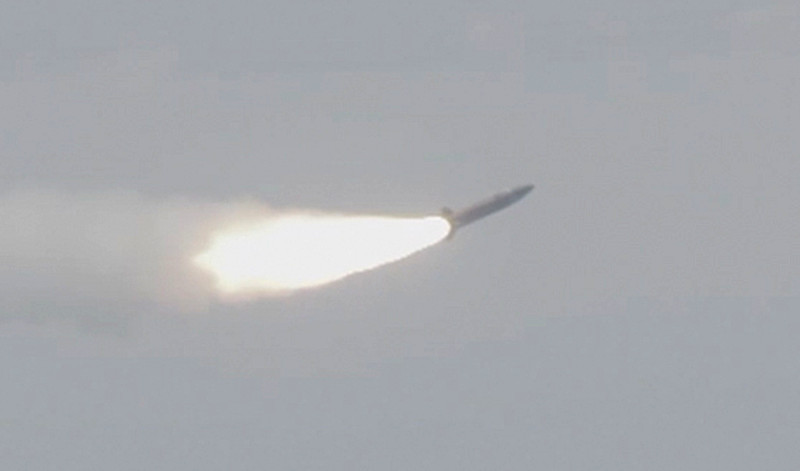
This had also raised questions about the future of ARRW, which had long looked set to become the Air Force’s first operational hypersonic weapon. It was slated to be carried by the B-52H bomber operationally and start entering service as early as 2022. In March 2023, after years of checkered test results, the Air Force announced it wanted to end the program and focus instead on the development of its air-breathing Hypersonic Attack Cruise Missile (HACM).

ARRW is a different kind of hypersonic missile that consists primarily of a large rocket booster with an unpowered, wedge-shaped boost-glide vehicle on top. The weapon uses the booster to get to an optimal speed and altitude before the vehicle detaches. Flying at hypersonic speeds, defined as anything above Mach 5, it follows a relatively shallow, atmospheric flight path to its target and is capable of maneuvering erratically along the way.

This is a considerably different fly profile from an air-breathing system and presents unique challenges for defenders. The boost-glide vehicle is difficult to detect and track, let alone intercept, and gives enemy forces reduced time overall to react in any way.
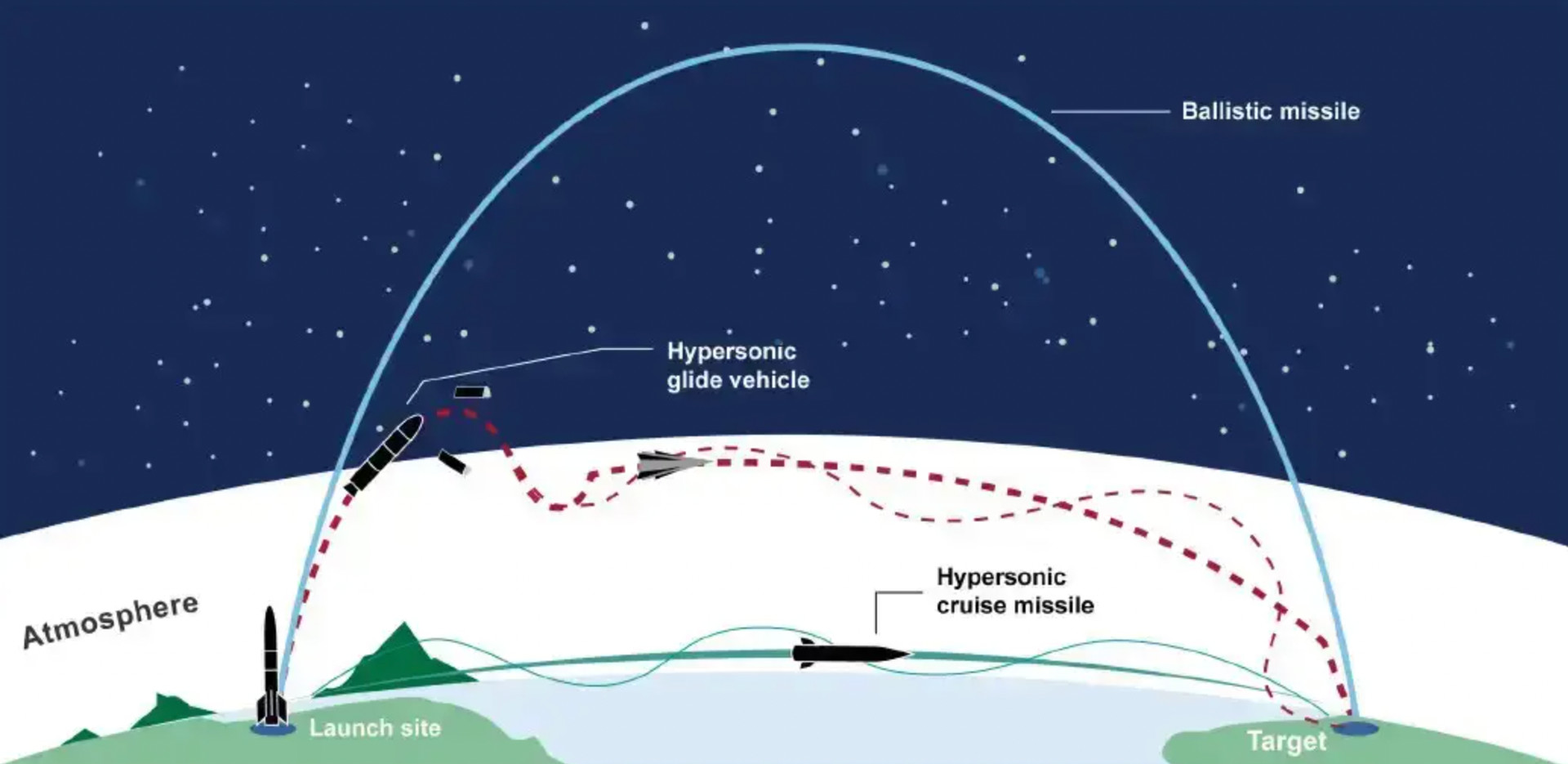
ARRW, as well as other hypersonic weapons, are expected to be very expensive and to be fielded in relatively small numbers. In turn, they would be reserved for very high-value targets in heavily defended areas, such as critical air defense and other command and control nodes, including ones housed inside hardened facilities.
Since March 2023, Air Force officials have given increasingly murkier statements about the future of ARRW and the distinctly different capabilities it provides compared to the planned HACM. In addition, from what information has been made public so far, despite earlier troubles during live-fire testing, AGM-183As appear to have performed well in the previous three full end-to-end tests.
“The service is pleased to report that the ARRW rapid prototyping program has been a categorical success to date,” Lt. Gen. White said at today’s hearing.
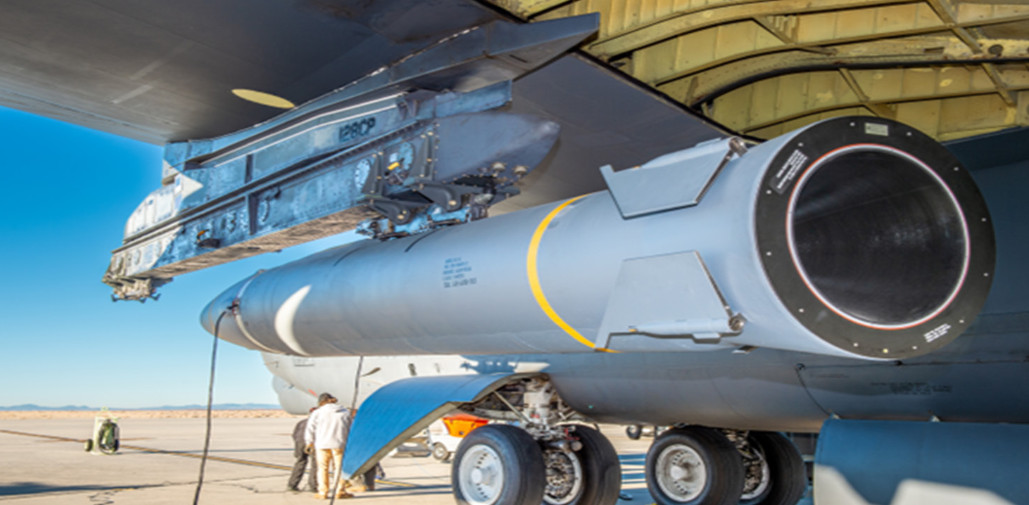
The Air Force’s Fiscal Year 2025 budget documents do align with the service’s public line on ARRW, with no additional funding planned going forward and the program set to be “completed” in the current fiscal cycle. The service says the final cost of the program is approximately $1,730,073,000.
The end-to-ending “testing will enable ARRW to collect valuable data, build capacity and capability, allow hypersonics programs to leverage and build upon each other, and project the overall technology forward,” according to the Air Force’s proposed Fiscal Year 2025 budget. “Additionally, ARRW will complete contract closeout, finalize documentation and analysis, and activities to support the leave behind capability.”
The proposed 2025 Fiscal Year budget also includes a request for $517 million more for the air-breathing HACM and lays out plans to spend hundreds of millions more in the coming years.
Still, questions remain about whether the Air Force might continue work on ARRW or another boost-glide vehicle design, or whether such work might already be ongoing. The Pentagon’s 2025 Fiscal Year budget request also says that that the Defense Advanced Research Projects Agency’s (DARPA) Tactical Boost Glide (TBG) program is set to wrap up later this year.

“The Tactical Boost Glide (TBG) program is a Joint DARPA / Air Force effort developing and demonstrating technologies to enable air-launched tactical range hypersonic boost glide systems, including flight demonstration of a vehicle that is traceable to an operationally relevant weapon that can be launched from current platforms,” according to Pentagon budget documents. “The program will also consider traceability, compatibility, and integration with the Navy Vertical Launch System (VLS).”
“TBG capabilities are planned for transition to the Air Force and the Navy.”
TBG has been presented for years as a lead-in effort to ARRW. In its latest annual report, the Pentagon’s Office of the Director of Operational Test and Evaluation described ARRW as “a rapid prototyping Middle Tier of Acquisition program leveraging technology and lessons learned from the Defense Advanced Research Projects Agency’s Tactical Boost Glide vehicle program.”
However, it is known that TBG and ARRW ended up being conducted in parallel, with the latter ultimately pulling ahead in terms of developmental maturity, at least according to Lockheed Martin. The company is the primary contractor for both TBG and ARRW.
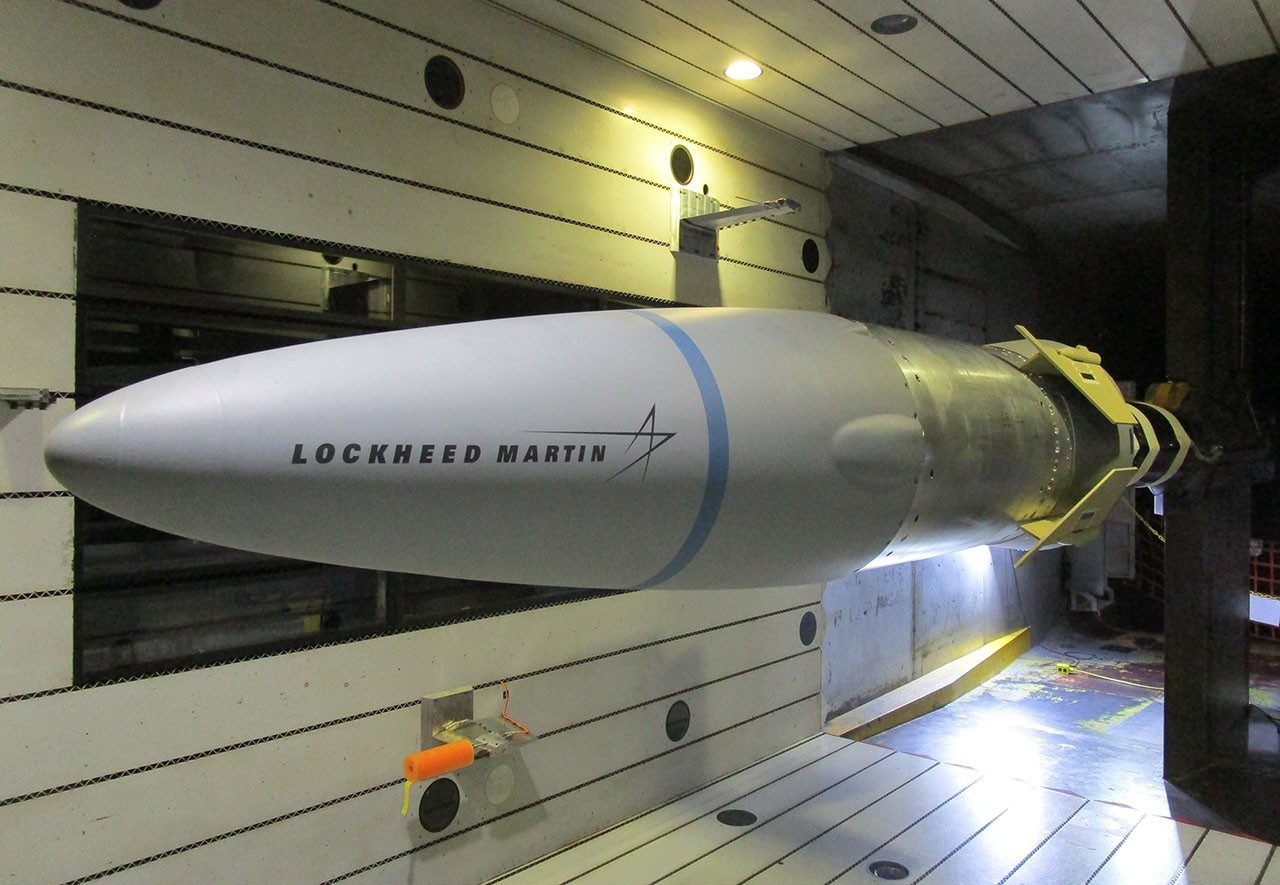
“Had the company waited until all the work on TBG was complete, … ‘we wouldn’t be moving at the pace the customer’s looking for. … So, we’re going to learn. We’re going to fly TBG,’ and incorporate discoveries into ARRW,” Air Force Magazine reported in 2020, citing John Varley, then Vice President for Hypersonics at Lockheed Martin Missiles and Fire Control.
Details about TBG flight testing are scant, but we do know that at least four flight test vehicles were built or at least were planned to have been built and that test launches have occurred. TBG’s actual vehicle design is known to be a wedge like the one used in ARRW. The U.S. Navy, together with the U.S. Army, has been separately developing a hypersonic missile with a conical boost-glide vehicle as its payload. The Air Force was also a part of that program before dropping out in 2020 to focus on ARRW.
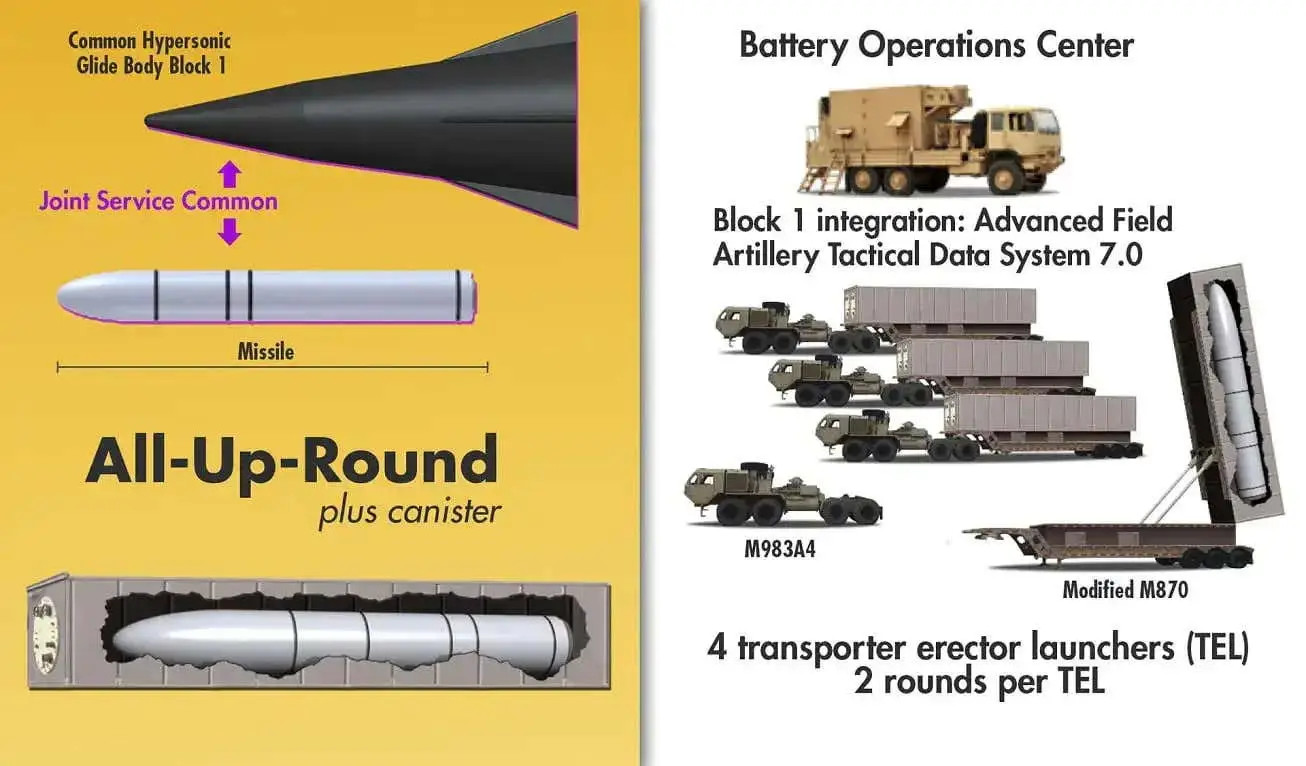
With the plan apparently still to transition work done under TBG to the Air Force, but that service now having no stated intention of proceeding with ARRW, it is unclear what the DARPA program may now feed into. This, in turn, points at least to the possibility of an air-launched hypersonic boost-glide vehicle follow-on program, which could potentially already exist in some fashion in the classified domain.
In the meantime, the fourth planned end-to-end test of an AGM-183A missile still looks set to occur before the end of this month, though that could always get pushed back due to a variety of factors. Whether more clarity about ARRW’s future or a potential successor program follows the conclusion of that launch remains to be seen.
Contact the author: joe@twz.com
